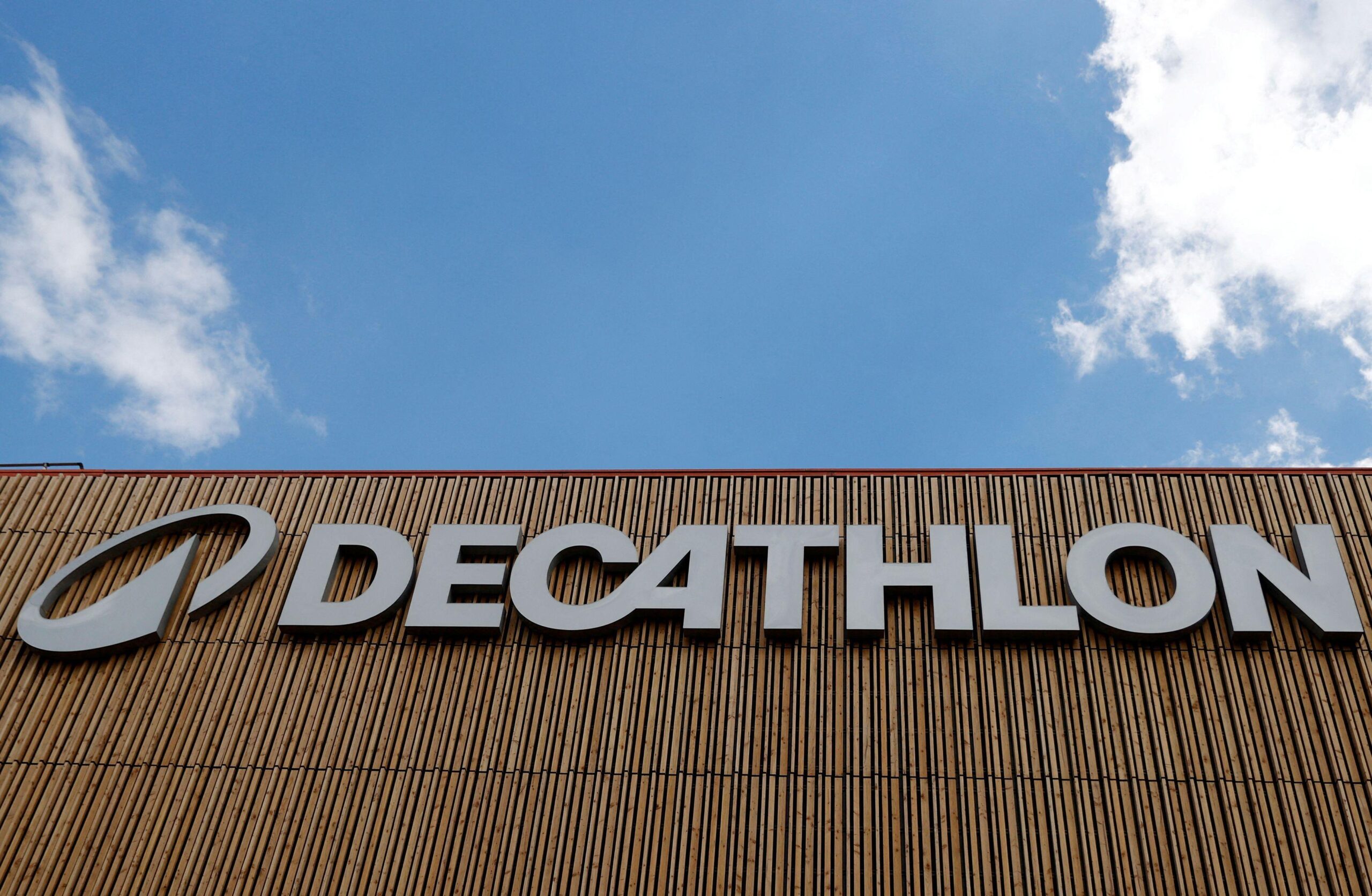Introduction to Decathlon’s eco-design revolution
In a world where the climate crisis looms larger than ever, the demand for sustainable options is at an all-time high. Enter Decathlon, a leading name in affordable sportswear that’s making waves with its eco-design revolution. By merging affordability with sustainability, they’re not just changing how we shop for athletic gear; they’re also redefining what it means to be environmentally responsible while staying active. With innovation at their core, Decathlon aims to prove that you don’t have to break the bank to make green choices. But can this ambitious approach truly deliver on its promise? Let’s dive into the heart of Decathlon’s commitment to sustainability and explore whether affordable sportswear can indeed be sustainable without sacrificing quality or style.
The challenges of making affordable sportswear sustainable
Creating affordable sportswear that aligns with sustainability goals is no simple task. Manufacturers face a delicate balancing act between keeping costs low and ensuring eco-friendly practices.
One major hurdle lies in sourcing sustainable materials. Biodegradable fibers often come at a premium, which can drive up prices. Brands must find ways to incorporate these innovative fabrics without alienating budget-conscious consumers.
Production processes also contribute to the challenge. Traditional manufacturing methods are resource-intensive, consuming water and energy while generating waste. Transitioning to greener alternatives requires investment in technology and training—not always feasible for every company.
Consumer expectations add another layer of complexity. Shoppers increasingly demand transparency about material origins and environmental impacts, testing brands’ commitment toward genuine sustainability efforts. As companies strive for accountability, they navigate a landscape fraught with scrutiny from an environmentally conscious public craving innovation alongside affordability.
The eco-friendly materials used by Decathlon
Decathlon is leading the charge in sustainable sportswear by embracing eco-friendly materials. The brand prioritizes fabrics that minimize environmental impact without sacrificing performance.
One notable example is recycled polyester, derived from plastic bottles. This innovative approach not only reduces waste but also conserves energy during production. It’s a win-win for both athletes and the planet.
Additionally, organic cotton plays a significant role in their product lines. Grown without harmful pesticides or fertilizers, it supports healthier ecosystems while maintaining comfort and breathability.
Decathlon also experiments with bio-based materials sourced from renewable resources like corn and sugarcane. These alternatives are designed to reduce reliance on fossil fuels and lower carbon footprints across their collections.
By integrating these sustainable fabrics into their designs, Decathlon proves that style, functionality, and environmental responsibility can coexist harmoniously in sportswear.
How Decathlon is reducing waste and promoting circularity in their production process
Decathlon is pioneering a shift towards circularity in sportswear production. By rethinking their entire process, they aim to minimize waste at every stage.
One of the key strategies involves using recycled materials whenever possible. This reduces reliance on virgin resources and lessens environmental impact.
Additionally, Decathlon has implemented take-back programs for worn-out gear. Customers can return items that are no longer usable, ensuring these products are either repurposed or responsibly disposed of.
Their commitment extends to designing products for longevity and repairability, which encourages consumers to invest in durable goods instead of fast fashion.
This approach not only supports sustainability but also fosters a culture of responsibility among consumers who see the value in eco-conscious choices.
The impact of Decathlon’s eco-design revolution on the environment and society
Decathlon’s eco-design revolution is making waves across both environmental and social landscapes. By prioritizing sustainability, the brand actively reduces its carbon footprint while promoting mindful consumption among consumers.
The use of recycled materials not only minimizes waste but also encourages a shift in how sportswear is perceived. People are beginning to value eco-friendly options, understanding that quality doesn’t have to be sacrificed for sustainability.
Moreover, Decathlon’s initiatives foster job creation in sustainable manufacturing sectors. This commitment to ethical practices empowers communities by providing stable employment opportunities tied directly to green innovation.
As more consumers embrace these changes, awareness about the importance of eco-conscious living grows. The ripple effect can drive further industry-wide transformations toward responsible production methods. With each step taken by Decathlon, there’s a chance to reshape societal norms around fashion and fitness for future generations.
Consumer response to sustainable sportswear from Decathlon
Consumer response to Decathlon’s sustainable sportswear has been overwhelmingly positive. Shoppers are increasingly eco-conscious, seeking brands that align with their values.
Many appreciate Decathlon’s commitment to affordability without sacrificing environmental principles. This opens doors for a wider audience who may have thought sustainability was out of reach.
Social media buzz reflects excitement about the brand’s innovative materials and designs. Customers share their experiences, highlighting how they can exercise in style while contributing positively to the planet.
Feedback often points to transparency as a key factor in building trust. Consumers want to know where and how their products are made.
Decathlon’s marketing highlights this aspect effectively, showcasing both the practicality of their gear and its minimal environmental impact. The result? A growing community of loyal customers eager to support sustainable initiatives in sportswear production.
Can affordable sportswear truly be sustainable?
The question of whether affordable sportswear can truly be sustainable is complex. Decathlon’s eco-design revolution shows that it is possible to integrate sustainability into budget-friendly options. With innovative practices and a focus on eco-friendly materials, the brand has positioned itself as a leader in this space.
However, challenges remain. Balancing cost with quality and environmental responsibility isn’t easy. The demand for low-priced products often pressures manufacturers to cut corners, potentially compromising sustainability efforts. Yet, Decathlon seems committed to pushing boundaries while keeping prices accessible.
Consumers are increasingly aware of their purchasing power and its impact on the environment. Many appreciate Decathlon’s initiatives but also expect more transparency and accountability from brands.
The future of affordable sportswear lies in continuous innovation and collaboration across industries. If companies like Decathlon can maintain their commitment to sustainability without sacrificing affordability, they might just pave the way for a new standard in sportswear that benefits both people and planet alike.




